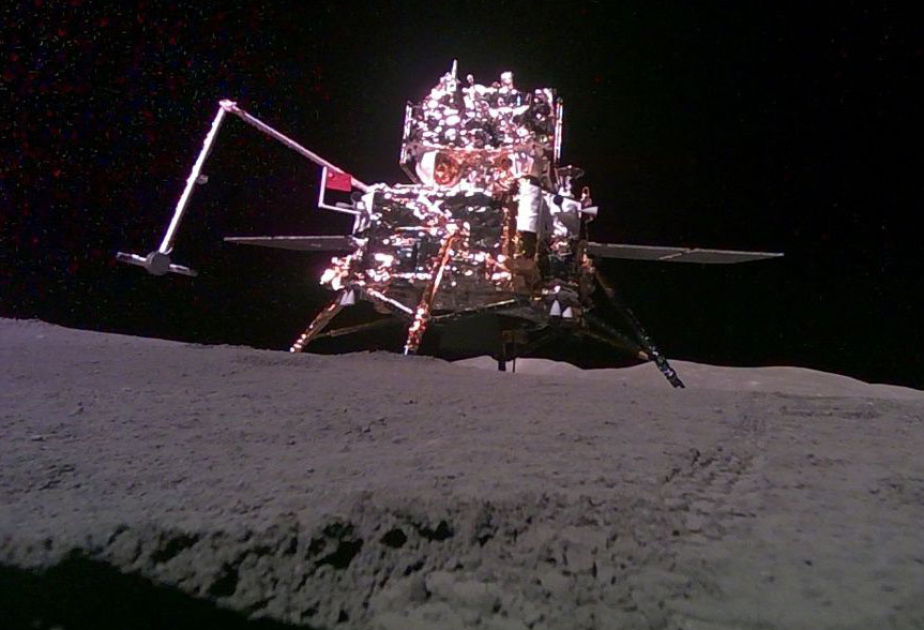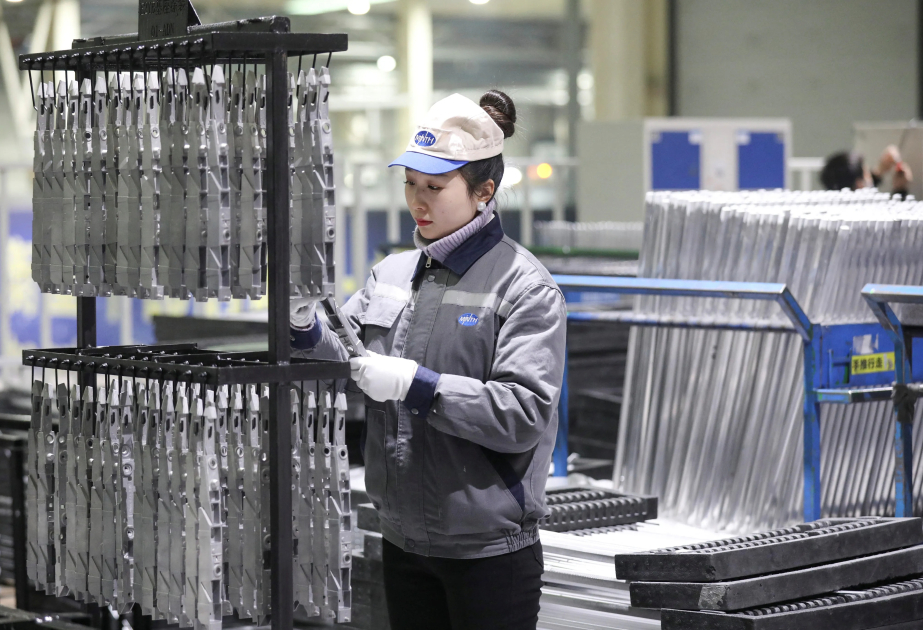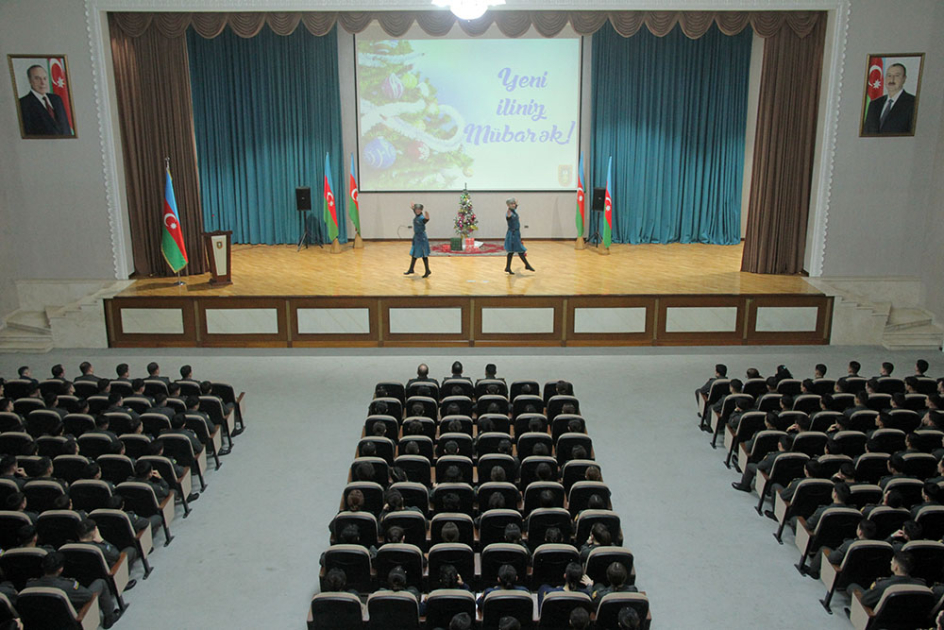The ascender of China's Chang'e-6 probe lifted off from lunar surface on Tuesday morning, carrying samples collected from the moon's far side, an unprecedented feat in human lunar exploration history, according to Xinhua.
The ascender has entered a preset orbit around the moon, said the China National Space Administration (CNSA).
The ascender took off at 7:38 a.m. (Beijing Time) from the moon's far side. A 3,000-newton engine, after working for about six minutes, pushed the ascender to the preset lunar orbit, according to the CNSA.
The Chang'e-6 probe, comprising an orbiter, a lander, an ascender and a returner -- like its predecessor Chang'e-5 -- was launched on May 3. The lander-ascender combination, separated from the orbiter-returner combination on May 30, touched down at the designated landing area in the South Pole-Aitken (SPA) Basin on June 2.
The spacecraft finished its intelligent and rapid sampling work, and the samples were stowed in a container inside the ascender of the probe as planned, the CNSA said.
During sampling and packaging, researchers conducted simulated sampling in a ground lab, based on the detection data sent back by the Queqiao-2 relay satellite, providing important support for decision-making and operations in every link.
"The mission has withstood the test of high temperature on the far side of the moon," the CNSA said.
It adopted two methods of moon sampling, including using a drill to collect subsurface samples and grabbing samples on the surface with a robotic arm. It automatically gathered diverse samples at different sites.
Ge Ping, spokesperson for the Chang'e-6 mission, said that through detailed analysis of the soil structure, physical properties and material composition of the Chang'e-6 samples, scientists will be able to deepen research on the formation and evolutionary history of the moon, the origin of the solar system and so on, laying an improved foundation for later exploration missions to build on.
The multiple payloads installed on the lander, including the landing camera, panoramic camera, lunar soil structure detector and lunar mineral spectrum analyzer, worked well and carried out scientific exploration as planned, the CNSA said.
The lunar soil structure detector analyzed and judged the underground lunar soil structure of the sampling area, providing data reference for the sample drilling.
The international payloads carried by the lander of Chang'e-6, including the Negative Ions on the Lunar Surface (NILS), developed by the European Space Agency (ESA)/Sweden, and the Detection of Outgassing RadoN (DORN), developed by France, also worked well and carried out corresponding scientific detection, according to the CNSA.
The instrument DORN operated when the spacecraft was flying from Earth to the moon, orbiting and on the surface of the moon, and the payload NILS was powered up on the lunar surface.
Besides, a laser retro-reflector developed by Italy, installed on the top of the lander, serves as a position marking point on the far side of the moon for distance measurement.
After the sampling was completed, a Chinese national flag carried by the lander was unfurled for the first time on the far side of the moon.
Due to the different landing positions, the national flag display system of Chang'e-6 has been improved on the basis of the Chang'e-5 mission.




.webp)











